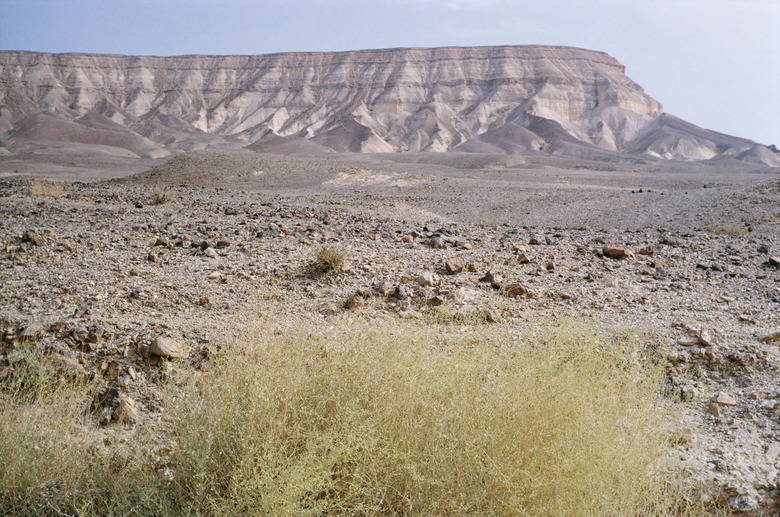How To Make A Plateau With Clay
Making a plateau out of clay is an easy way to learn the features of that landform. Understanding the ways that plateaus form is part of any geology curriculum. Tectonic forces create plateaus by pushing an area of land up. Erosion then erodes the sides of the plateau, creating a flat-topped and relatively sheer-sided land mass. Plateaus are found around the world and underneath the sea. Making a clay plateau is an ideal project for a geology unit in class and could also be used as a science fair project.
Step 1
Take a section of air-dry clay the size of your fist.
Step 2
Massage and knead the clay until it becomes soft and pliable.
Step 3
Place the clay on a small piece of plywood.
Step 4
Use your hands to shape the clay into a plateau shape. Use a picture of a plateau as a reference if needed.
Step 5
Allow the clay to dry overnight.
Step 6
Paint the plateau if desired.
Things Needed
- Air-dry clay
- Plywood
- Acrylic paints (optional)
- Paintbrushes (optional)
TL;DR (Too Long; Didn't Read)
There are many different plateaus around the world to use as inspiration for this project.
Cite This Article
MLA
Stuart, Alice. "How To Make A Plateau With Clay" sciencing.com, https://www.sciencing.com/make-plateau-clay-12095662/. 24 April 2017.
APA
Stuart, Alice. (2017, April 24). How To Make A Plateau With Clay. sciencing.com. Retrieved from https://www.sciencing.com/make-plateau-clay-12095662/
Chicago
Stuart, Alice. How To Make A Plateau With Clay last modified March 24, 2022. https://www.sciencing.com/make-plateau-clay-12095662/
